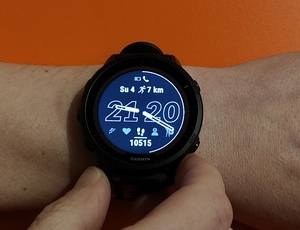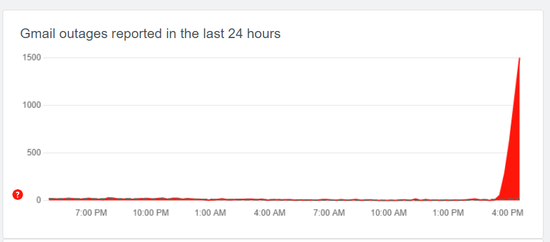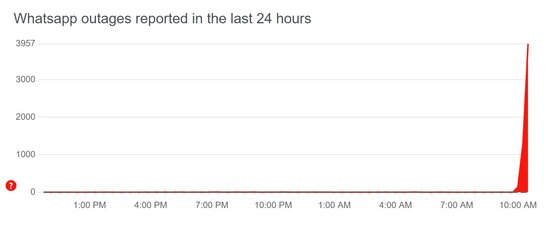
Review: Garmin Forerunner 955
 We received the Garmin Forerunner 955 smartwatch for review a few months ago, just after it was released in the summer of 2022. Depending on the variant, the smartwatch costs around $500 and is among the more expensive options from Garmin's selection of smartwatches.
We received the Garmin Forerunner 955 smartwatch for review a few months ago, just after it was released in the summer of 2022. Depending on the variant, the smartwatch costs around $500 and is among the more expensive options from Garmin's selection of smartwatches.
The Forerunner model in particular is designed for specifically runners and exercise, as one can imagine from its product name. It is a direct successor to Garmin's Forerunner 945, which we tried previously and liked.
We took the new Forerunner for an extensive test during the three-month testing period, using it around the clock. We used the watch to measure exercise, sleep, stress, and general well-being.
After a long and arduous testing period, it is time to see what Garmin Forerunner 955 is about and how it handled our tests.

 World's largest email service, Gmail is down. Email service owned by Google has vanished or is experiencing problems for all of its users currently.
World's largest email service, Gmail is down. Email service owned by Google has vanished or is experiencing problems for all of its users currently.

 We were given one of Samsung's new generation of robotic vacuum cleaners for a review: the new Samsung Jet Bot 80+, which is also sold under the name Samsung Jet Bot+.
We were given one of Samsung's new generation of robotic vacuum cleaners for a review: the new Samsung Jet Bot 80+, which is also sold under the name Samsung Jet Bot+.







